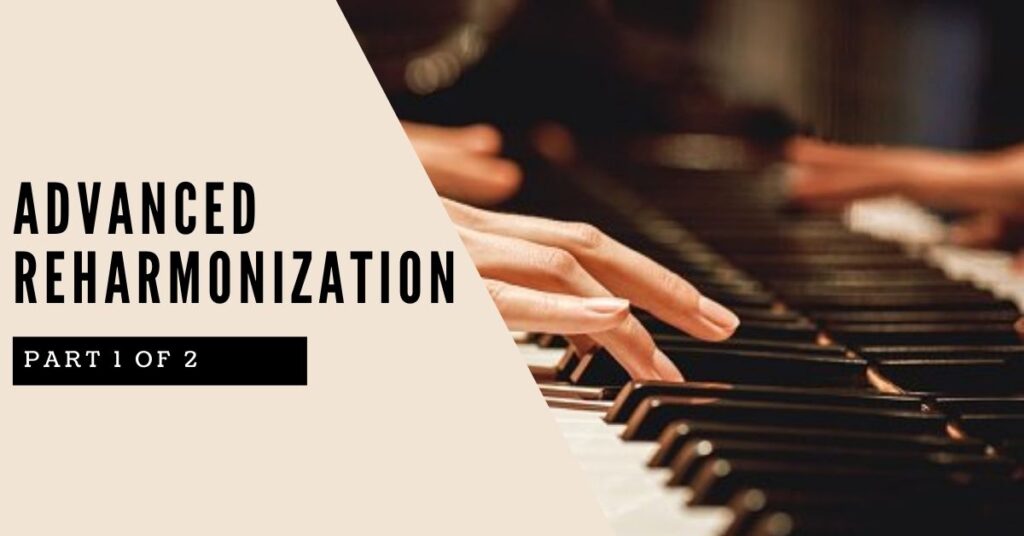Transposition is an essential rock piano skill, and a skill that every musician should practice. Transposition refers to the ability to quickly diagnose a piece of music (i.e., a melody, a chord progression) and play it in a different key. Why might transposition be so essential to a musician? Consider a very frequent, real-music experience: You’re on a gig playing the piano. The singer approaches and says, “Let’s play Billy Joel’s “Just the Way You Are,” but let’s not do it in D (the original key). My voice feels a little tired – let’s do it down a whole-step in C.” You’ve played this tune many times, but never in the key of C. What are you gonna do? Well, if you’ve practiced the skill of transposition, you’re simply going to play it in the key of C – no problem
Transposition Practice: Transposing a Chord Progression
The opening chord progression of Billy Joel’s “Just the Way You Are” is based around two chords: D major and G minor 6 in measure 1, then D major and G major in measure 2.

One of the easiest ways to transpose this chord progression is to do some quick harmonic analysis. Since we’re in the key of D, we analyze the D major chord as the ‘I’ chord, G minor as the ‘iv,’ G major as the ‘IV’ chord.

Following this same formula, we simply play the same chords in the key of C. The ‘I’ chord is now C major, the ‘iv’ chord is F minor, and the ‘IV’ chord is F major.

Transposition in this manner does require that you know your key signatures and diatonic chords (i.e., the ‘I’ chord is always major, the ‘ii’ chord is always minor, etc). But with a little practice you’ll see that it’s quite easy to move chord progressions to different keys, especially simple chord progressions consisting of just a few chords.
Transposition Practice: Transposing a Melody
Transposing a melody is very similar to transposing a chord progression. Let’s take a look at a basic melody and do some quick analysis.

The melody above is the first 2 bars of “Twinkle Twinkle Little Star.” Very simple. But if we look at what’s going on with the melody we can analyze it and copy that formula in another key.

So we’re starting on the 1st degree (C), moving up to the 5th (G), and then the 6th (A), before returning to the 5th. If we know our major scales, we can repeat this same melodic movement in any key. Let’s try transposing this to the key of Gb major.

Although this is a simple example, the process works in the exact same manner with more complicated melodies. Spend some time practicing transposition and developing the skill. If you play in a band or with other musicians regularly at some point you’re going to be asked to play something in a different key, and the skill of transposition will come in very handy.

